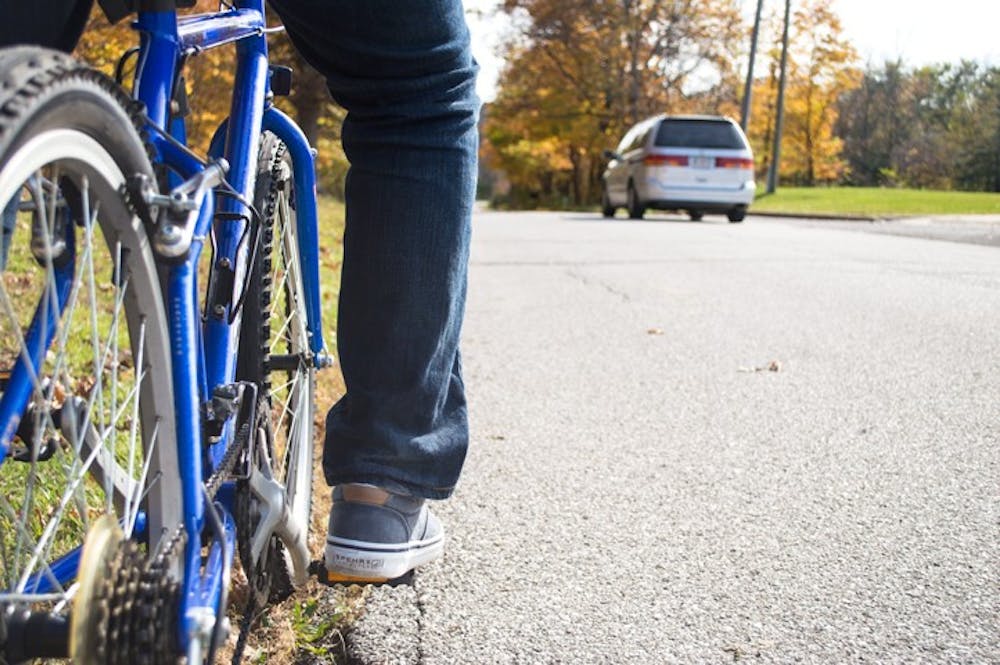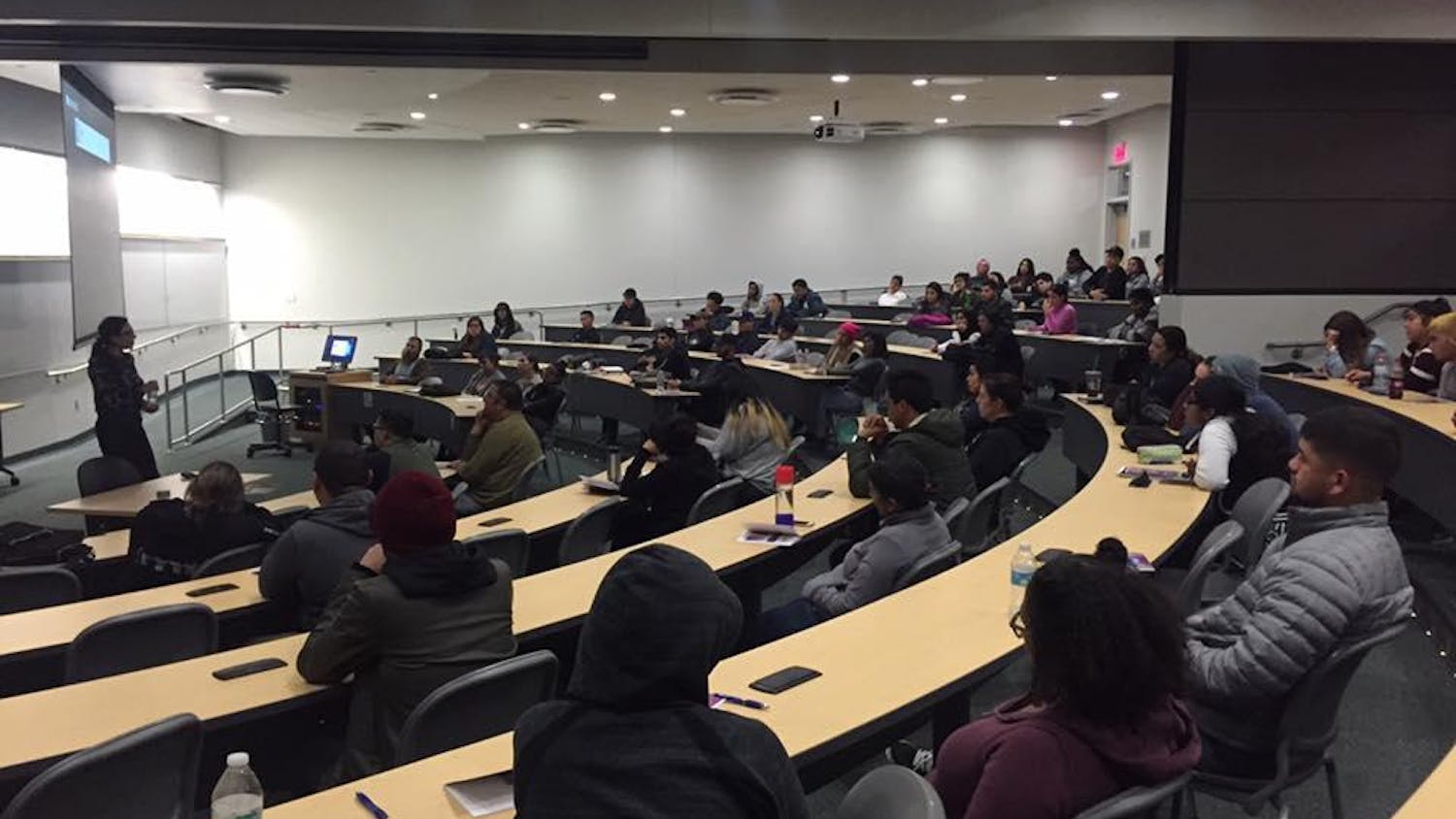By Julia Oller | Echo
Early every weekday morning, Michael Guebert hops on his bike and rides the mile from his home on Berry Street to his office in Randall Science Center.
The chair of the Earth and Environmental Science Department wears reflective clothing and has lights on his bike, but he still encounters what he describes as the "Eighth Street danger"-speeding cars and no sidewalks or streetlights.
This safety issue will soon be resolved, however, thanks to the efforts of the Upland Area Greenways (UAG).
The group, comprised of town residents along with a few Taylor administrators and faculty, plans to build a trail system looping around and through Upland. UAG hopes to use the Upland project as a starting point for its ultimate goal of connecting the gap in the Cardinal Greenway.
The Greenway, a 62-mile-long trail running from Marion to Richmond, comes to a halt in Gas City and doesn't start again until Gaston, 10 miles away.
Joe Pearson, president of UAG, said that Upland is key to connecting the gap. He hopes that placing trails in town will provide an extra incentive for the Greenway to roll through town.
Construction for the first Upland trail, along Eighth Street, will most likely begin in the spring. This portion will be paved with crushed stone, a cost savings of over a hundred thousand dollars compared to the expense of concrete or asphalt.
Additional construction depends on fundraising, both from private grants and UAG membership dues.
Due to Upland homeowners' concerns, parts of the trail running in front of houses will most likely be concrete in order to avoid stones flying onto residents' lawns.
"I think that most people are supportive to the idea, but there's a thing called NIMBY, which stands for 'not in my backyard,'" Guebert, a UAG member, said. "People might be supportive of the bike trail, but they don't want it coming to their yard because it would disrupt their privacy."
Even though the town has the right to build on the strip of lawn by the side of the road, the UAG's Good Neighbor Policy states that the committee will ensure that homeowners understand the implications of all projects before construction begins.
"They're not going to force anything," Guebert said. "They're going to open communication and dialogue and see if they can come up with a reasonable solution that would work for most people."
Beyond providing a safe place for townspeople and students to walk, run and bike, a major goal of the proposed trail system is attracting and retaining millennials.
Pearson said that young people look for quality of place when they make their decision to live in a certain community. "Walkable communities," as Pearson describes towns with trails, provide easy access to coffee shops and other local businesses often placed in downtown areas, boosting the local economy.
Ron Sutherland, Taylor's vice president of business administration, hopes that the trail system will attract future Taylor staff and faculty members.
"As we look at next generation of employees at Taylor, the reality is that they're going to want amenities like this," Sutherland said.
According to Guebert, the trails will also save fuel costs for staff and faculty members who live nearby as well as boosting physical and social wellness.
Pearson sees the trail as his contribution to the future of Upland.
"We have an obligation to pave the way for the next generation," Pearson said. "This is the community where we'll spend the rest of our lives, so let's make it the best that we can."





